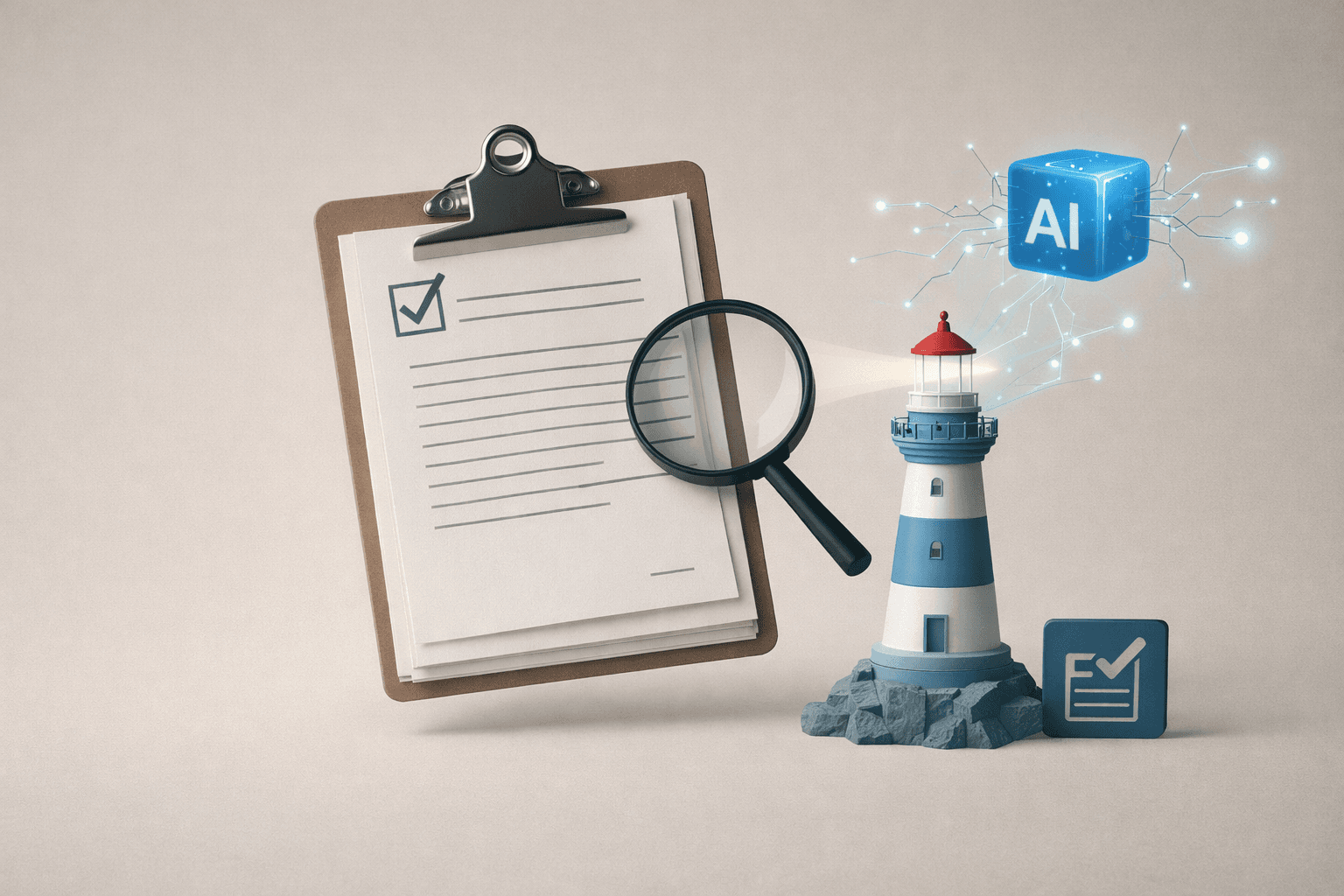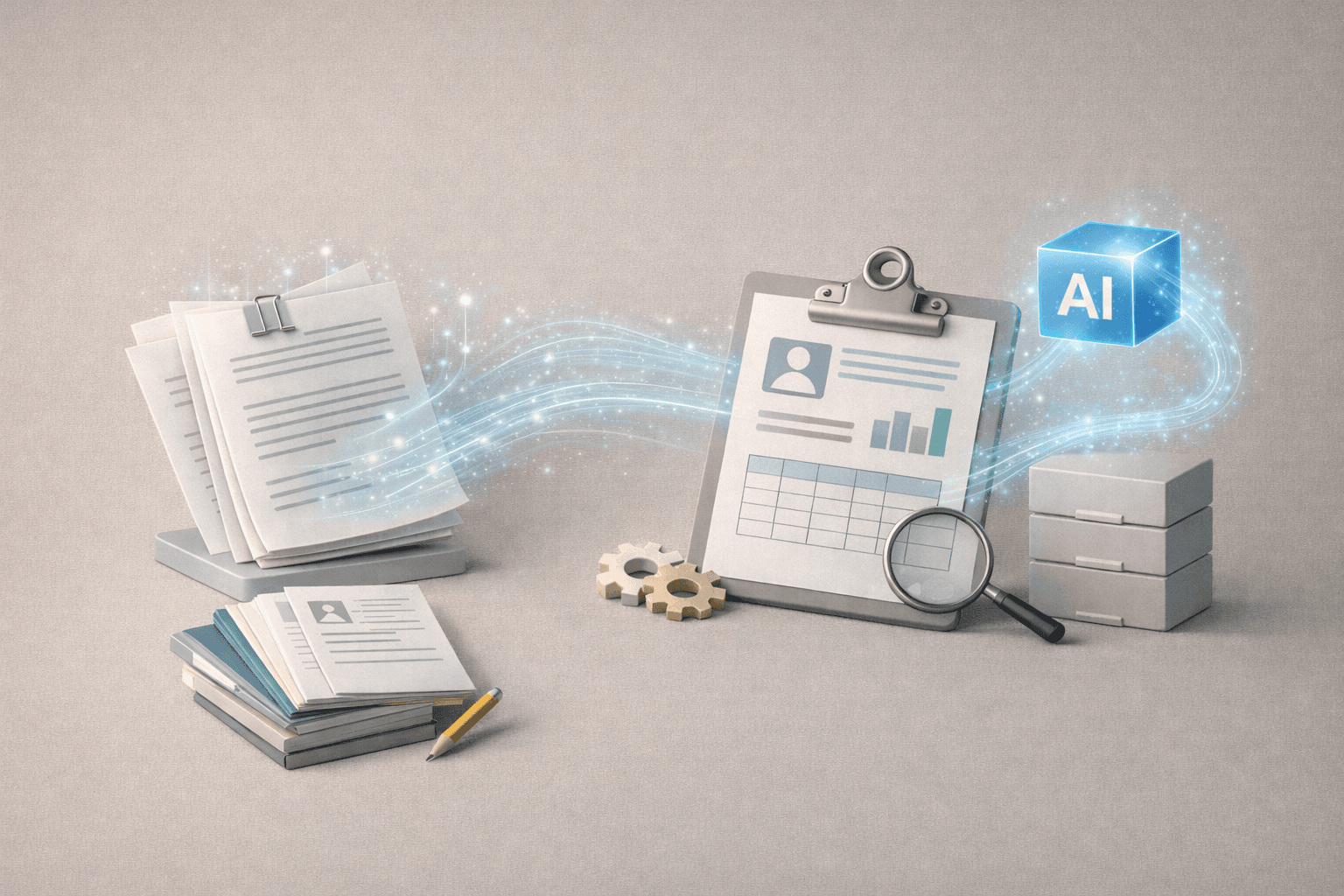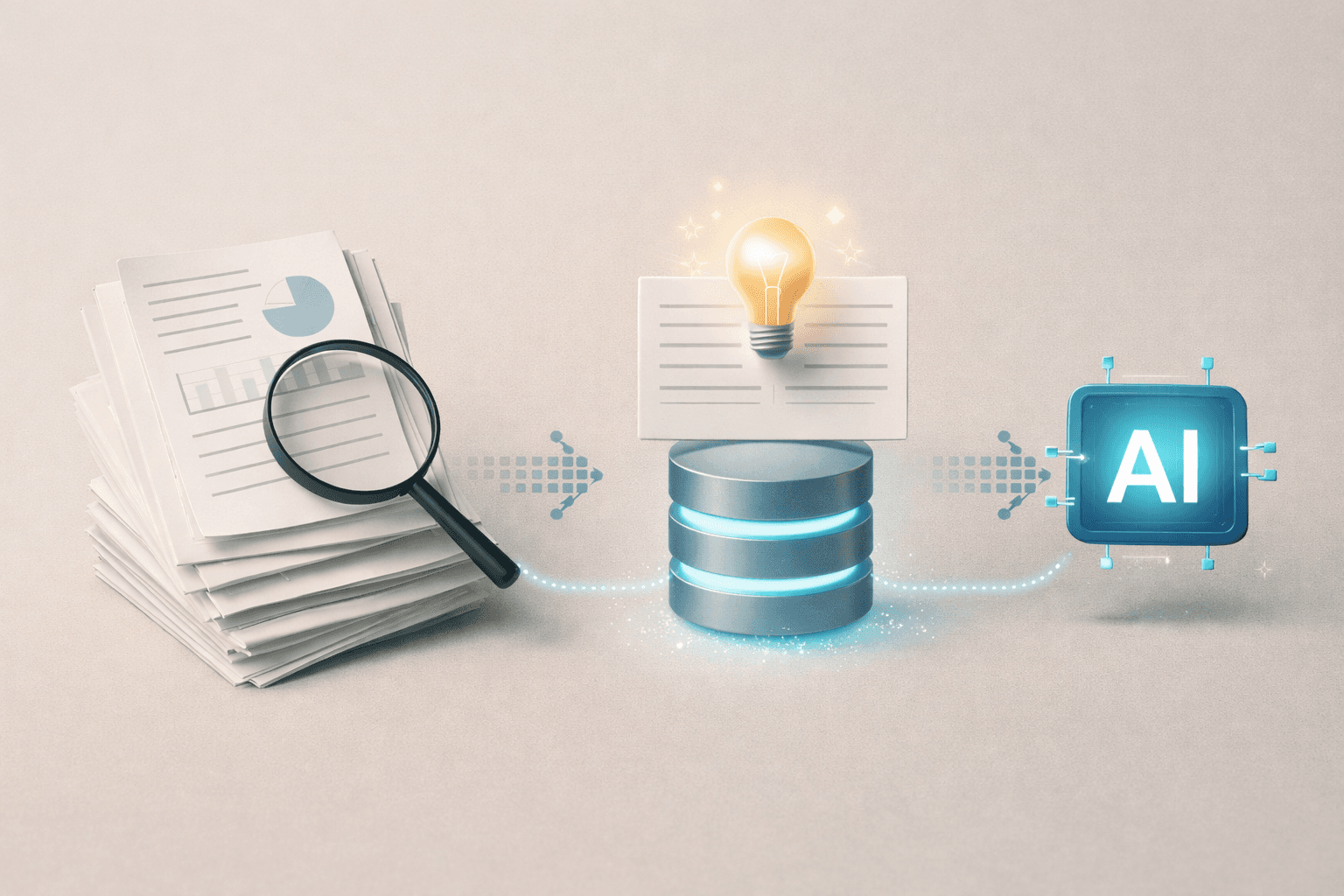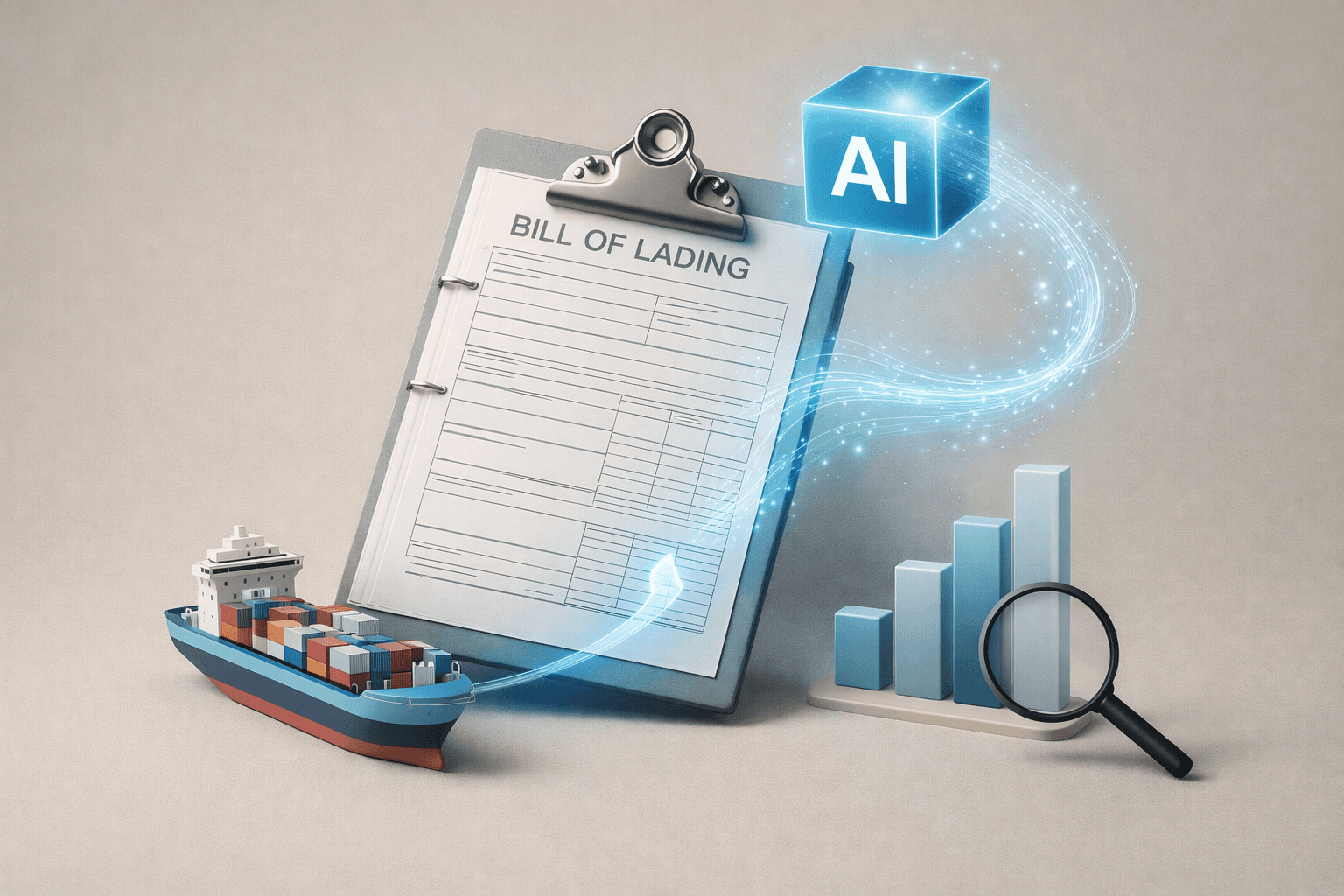Insight
Local RAG vs Cloud RAG: Pros, Cons, and Which Is Right for Your Enterprise
Sep 19, 2025
What Is Local RAG?
Retrieval-Augmented Generation (RAG) is a powerful architecture that combines document retrieval with generative AI to provide grounded, context-aware answers. Local RAG refers to the deployment of this architecture fully within an organization's own infrastructure—on-premise or even directly on a user's device. This means no external APIs, no calls to third-party cloud services, and complete control over every layer of the RAG pipeline.
The core components of a local RAG system include:
Text Chunking & Embedding: Breaking down documents and converting them into vector representations.
Vector Database: Storing embeddings in a searchable format using Qdrant, Weaviate, or pgvector.
Retriever: A pipeline that searches relevant chunks based on a query.
Local LLM: A language model like Llama 3, Phi-2, or Mistral running locally for answer generation.

Benefits of Going Local with RAG
Complete Data Privacy and Compliance
With no external data transmission, Local RAG is ideal for industries that deal with highly regulated or sensitive information—legal, healthcare, finance, government, and R&D. Your documents never leave your infrastructure, simplifying compliance with frameworks like GDPR, HIPAA, and ISO 27001.
Reduced Latency and Better UX
Because queries and generation happen on the same machine or local network, users benefit from lower latency compared to cloud-hosted LLMs. This is particularly useful in time-sensitive environments like real-time investigations, audits, or security ops.
Cost Control and Predictability
Instead of incurring unpredictable monthly API costs for LLM calls, local RAG allows enterprises to frontload costs through capital expenditures (CapEx). This model is often preferred by finance and procurement teams who want fixed infrastructure spending.
Domain-Specific Optimization
Running your own stack means you can fine-tune or re-rank results to match your internal jargon, document types, or priority rules. This enables better retrieval accuracy, especially when off-the-shelf cloud systems struggle with niche terminology.
Challenges of Local RAG Deployment
Hardware Requirements
Local deployments can be resource-intensive. Running LLMs with acceptable speed often requires GPUs, significant RAM, and SSD storage to handle embeddings and vector indexes.
Operational Complexity
You’ll need to manage periodic re-embedding of documents, monitor vector database performance, and handle updates to models and indexing logic. These overheads require DevOps or MLOps maturity.
Quality Trade-Offs
Local LLMs are catching up, but many still lag behind cloud-based models in reasoning ability or generation quality. Organizations must balance speed and privacy against absolute performance.
Cloud RAG: When It Still Makes Sense
Cloud-based RAG is still the best option for many use cases—especially in early stages.
Rapid Prototyping: If you're exploring use cases or don’t yet have sensitive data, cloud RAG enables fast iteration.
Frontier Model Access: GPT-4, Claude 3, and Gemini Pro are only accessible via cloud APIs.
Zero Infra Maintenance: Vendors handle uptime, security patches, and scaling.
Startups, small teams, and innovation departments often prefer cloud RAG for speed and convenience.
Local RAG Architecture: What It Looks Like
Here’s a typical flow:
Tech Stack Examples:
Embedding models:
BGE,Instructor-XL,E5,MiniLMVector DB:
Qdrant,Weaviate,pgvectorLLM:
Llama 3,Mistral,Phi-2,OpenHermes(viaOllama,vLLM, etc.)
You can integrate pre-processing (OCR, metadata extraction) and post-processing (citation highlighting, template formatting) as needed.
Wissly’s Approach to Local RAG
Wissly is purpose-built for organizations needing high-trust document search powered by local AI.
Secure On-Prem Deployment: No cloud connectivity required. Supports air-gapped environments.
File Compatibility: Handles PDFs, scanned documents, HWP, DOCX, PPTX, and more.
Auto Indexing: Documents are automatically parsed, chunked, and embedded with metadata.
Citable Answers: Users receive highlighted answers with exact source references.
Access Control: Integrated permission system prevents unauthorized data exposure.
Choosing Between Local and Cloud RAG
Use Local RAG if:
Your data is sensitive, regulated, or confidential.
You need full audit logs, traceability, and access control.
You prefer a one-time infrastructure investment over ongoing API costs.
Use Cloud RAG if:
You’re prototyping or testing non-critical use cases.
Your team lacks in-house infrastructure or AI ops capability.
You want access to the latest LLMs and updates with minimal setup.
Conclusion: RAG Doesn’t Have to Mean Cloud
Retrieval-Augmented Generation doesn’t require surrendering your data to external servers. Local RAG is becoming a viable—and in many cases, necessary—option for enterprises that care about data privacy, control, and cost-efficiency.
Wissly helps organizations bring RAG home. With secure document parsing, local vector search, and transparent AI generation, teams can deploy smarter search without giving up security.
Take control of your data. Keep your intelligence local.
Recommended Content










